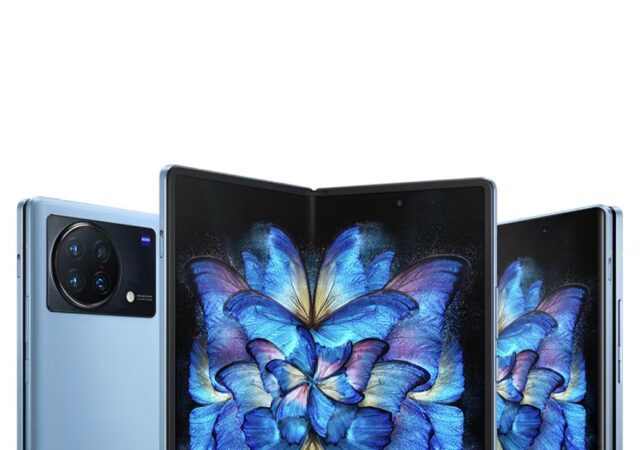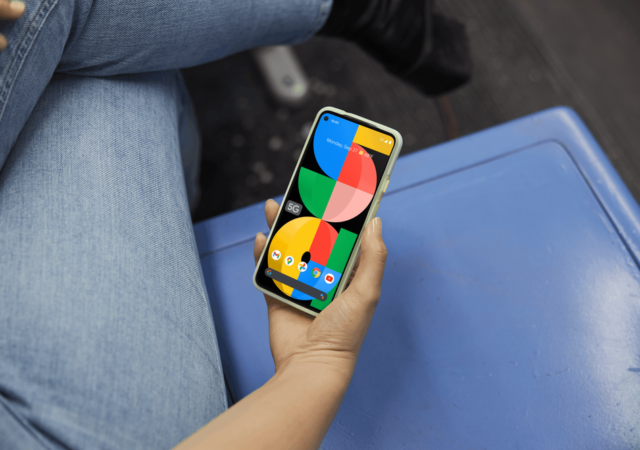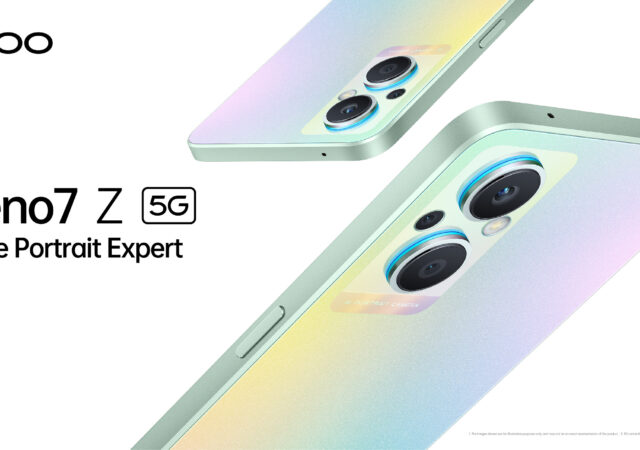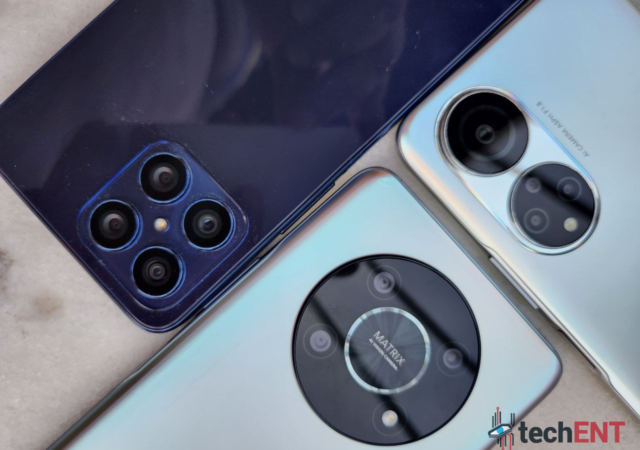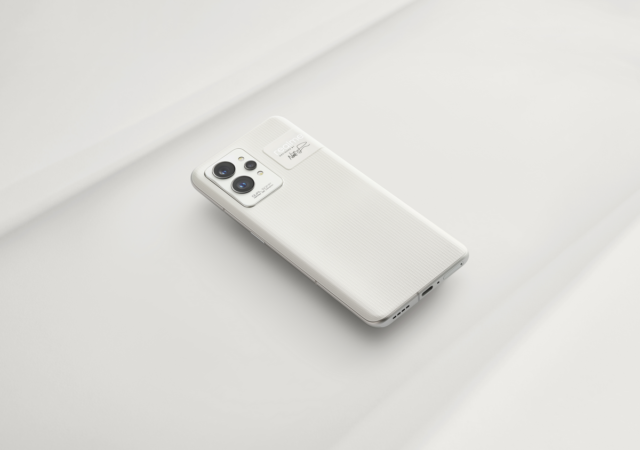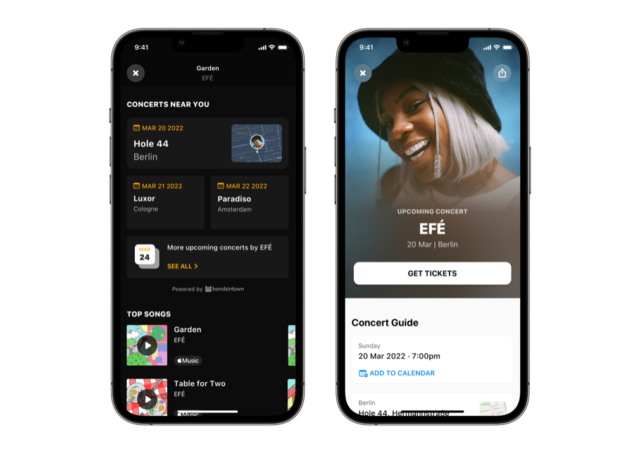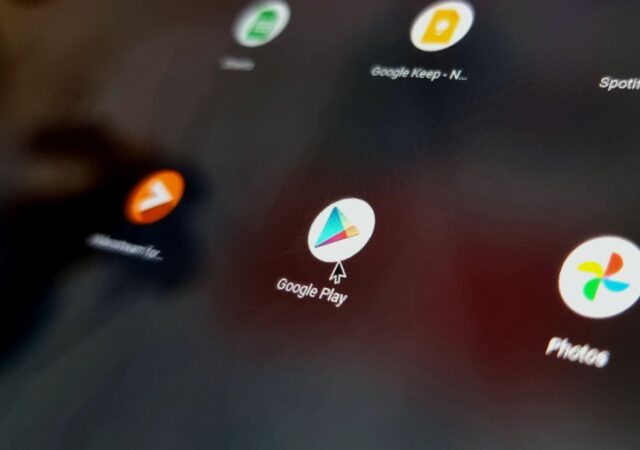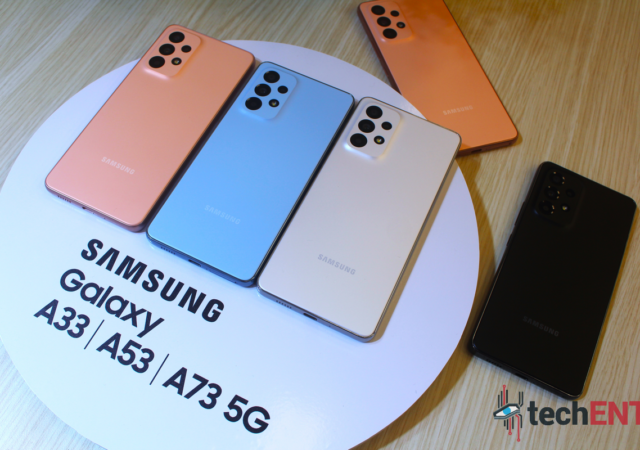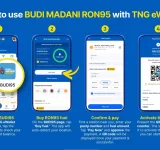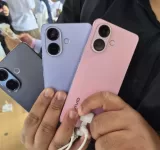vivo launched the new X Fold and X Note powered by Qualcomm Snapdragon 8 Gen 1. The X Fold is their first foldable smartphone device.
Soon, Every App on Google Play Store Will Be New Updated Apps
Google is introducing a new security measure for apps in the Google Play Store. The new update will hide old apps from users.
There is the OPPO Reno7, and Then There is The Reno7 Z 5G – Now Available for MYR 1,699
OPPO launches the new Reno7 Z at MYR 1,699. You still get a great 64MP camera alongside a powerful Snapdragon 695 5G SoC for that money.
The HONOR X series Returns with Three New Entries
The HONOR X series makes a return with three new devices powered by the Qualcomm Snapdragon processors!
Realme GT 2 Pro Makes Its Malaysian Debut
Realme has made a name for itself by offering affordable smartphones. However, the company has been uncompromising when it comes to features and value in its offerings with smartphones like the recently released Realme 9 series. That said, Realme is…
Shazam Yourself to a Concert Near You
Dying to go for a concert? Shazam has got your back with an all new concert discovery feature that integrates seamlessly into its app.
Samsung’s New Galaxy A Series Available in Malaysia
Samsung’s new Galaxy A series goes on pre-order in Malaysia with freebies and discounts galore!
[PSA] Android Users, if You Have This App; Delete it Immediately!
Pradeo found a malware on an app for Android devices. If you have the app, you want to delete it immediately.
Early Android 13 Developer Previews are Already Showing New Features
Google’s Android 13 Developer Preview is here to share with us some of the things that Google is planning to have in the next Android update.
Samsung’s New Galaxy A Focuses On Bringing Flagship to the Mid-range
Samsung announces an all new Galaxy A series for 2020 with three models spearheading their movement for democratising flagships.



